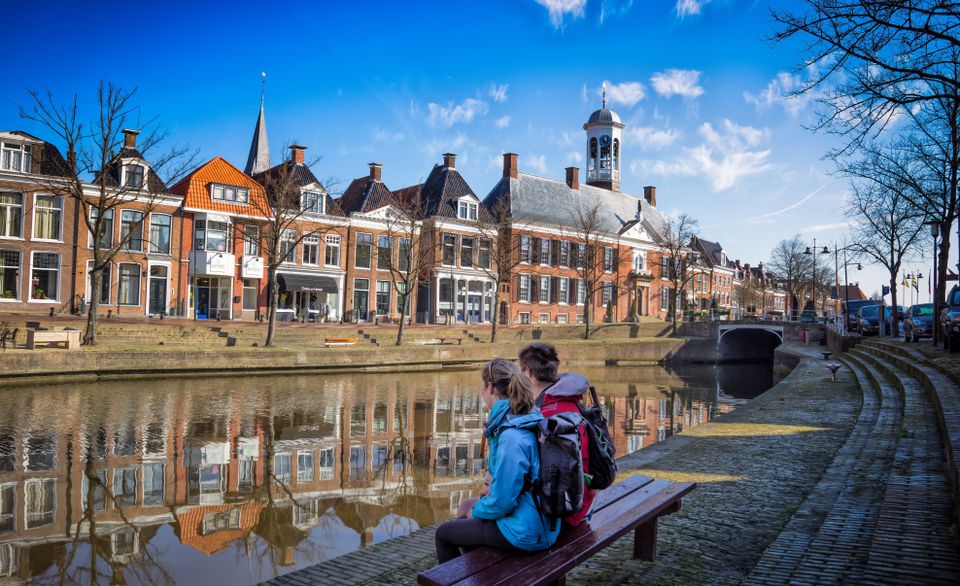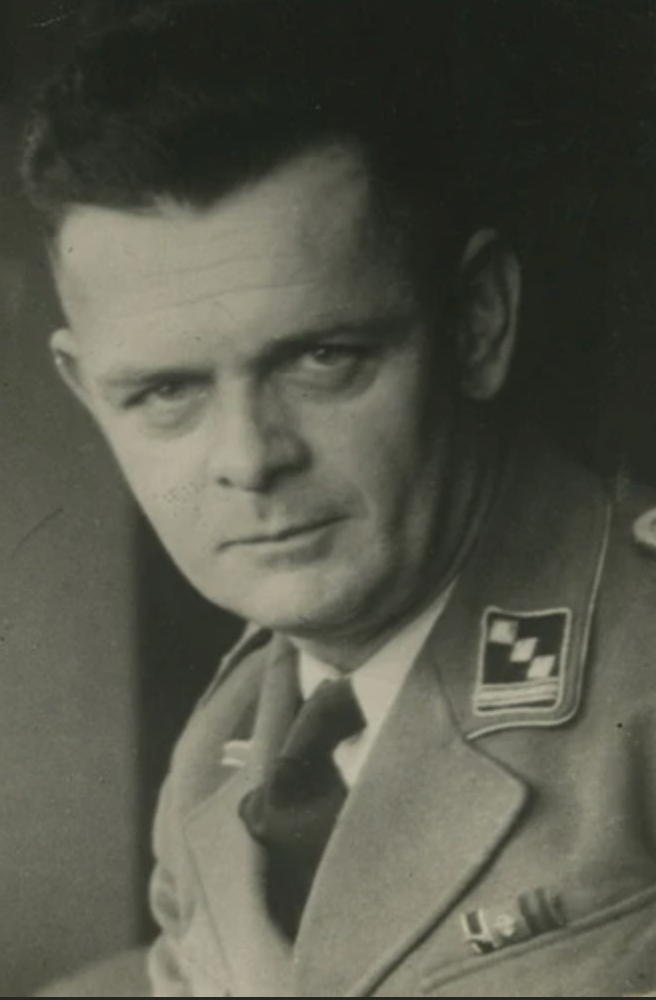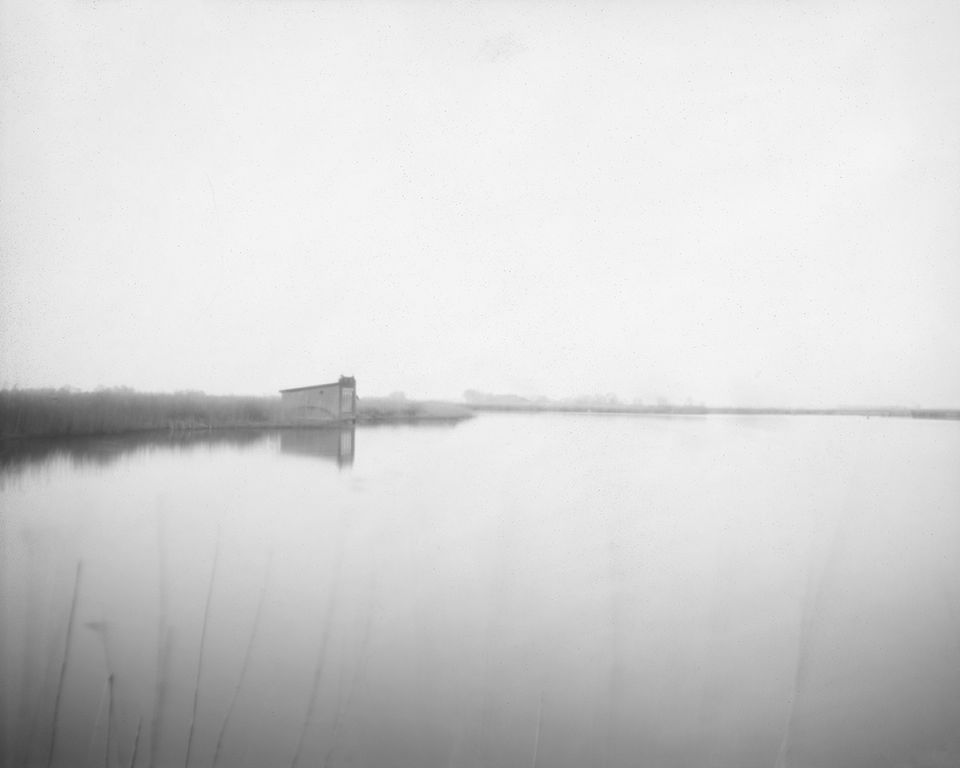Location
865 to 896 of 986 results
-
Alde Feanen - Grutte Krite - Vogelkijkhut
Alde Feanen - Grutte Krite - Vogelkijkhut Warten
Warten
-
Eetcafé De Kalkman
Eetcafé De Kalkman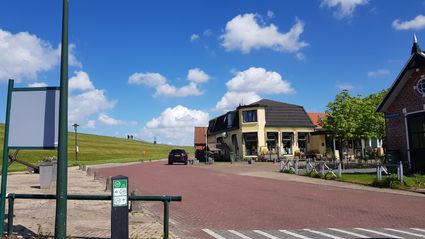 Wierum
Wierum
-
Headmaster Jakob Klok in the resistance
Headmaster Jakob Klok in the resistance
During the war, Jakob (Jaap) Klok ended up in the resistance in Dantumadeel, where he played an important role. At the time, he lived with his wife and four children in Akkerwoude, where he was headmaster of the school at Hearewei 13. He stayed there until 1947 and will always be remembered as "Headmaster Klok."
Jaap Klok was active socially and in politics as a member of the Dutch Social Democratic Labour Party (SDAP). When party meetings were banned by the German occupiers, Jaap imperceptibly became ever more involved in resistance activities. He passed on party information, distributed illegal newspapers, and looked for addresses for people in hiding. Jaap Klok joined the LO, the National Organisation for Aid to people in Hiding, and became the Akkerwoude village commander.
Although people did not know exactly what he did, it was known that he was in the resistance. Despite the fact that his name circulated among NSB members, he decided not to go into hiding, but instead tried to be even more careful and to sleep at home more often than not.
As the war drew to a close, Jaap became very busy. The Dutch government in exile was calling on railway workers to go on strike. The resistance arranged for the hiding. On 15 December 1944, a group of about sixty refugees from Arnhem arrived at his school. Jaap was indirectly involved in the evacuation committee, which was looking for addresses for the unfortunate Arnhem residents.
Shortly thereafter, he was warned at the schoolhouse that during a raid in Murmerwoude, explicit questions were asked about schoolmaster Klok. Jaap did not hesitate a second and quickly left the house. And not a moment too soon, as ten minutes after his departure the Germans were already on his doorstep. From that moment on, Jaap knew that he had to be very careful. He hardly ever slept at home anymore.
From January 1945 onwards, the situation became explosive. After the discovery of weapons on a farm in Aalsum, the Germans became fanatical. They relentlessly hunted down resistance fighters and used any means to make those who were caught talk. The name "Jaap Klok" was also mentioned during these interrogations. Sufficient reason to leave then and there, with his whole family. The children stayed with relatives. He and his wife went into hiding elsewhere.
During the last weeks of the war, Jaap was very busy. Much had to be organised and discussed within the resistance to expel the Germans and prepare for the arrival of the Canadians. Just before Dantumadeel was liberated, the inhabitants were already beside themselves with joy. They raised the flag and took to the streets en masse to celebrate. Because of his resistance work, Jaap knew exactly what the situation was with regard to the liberation. He climbed onto the balcony of the town hall and addressed the people. After all, the danger had not yet passed. Even when that was the case shortly thereafter, he ensured that peace was maintained among the population of Dantumadeel and thus prevented the molestation of a number of NSB members.
After the war, he held many administrative positions in the province of Friesland. In 1984, Jaap Klok died at the age of 91. Fifteen years later, a statue of him was erected in Akkerwoude, which was then called Damwoude, as a tribute.
From the book "De oorlog een gezicht geven" (deel 6) – Dantumadeel in de periode '40 - '45 by Yvonne te Nijenhuis and Reinder H. Postma
 Damwald
Damwald
-
-
Brandemeer - Oldelamer - Vogelkijkhut
Brandemeer - Oldelamer - Vogelkijkhut Oldelamer
Oldelamer
-
(GESTREMD) Veerpont Koekoekspaad, Ryptsjerk
(GESTREMD) Veerpont Koekoekspaad, Ryptsjerk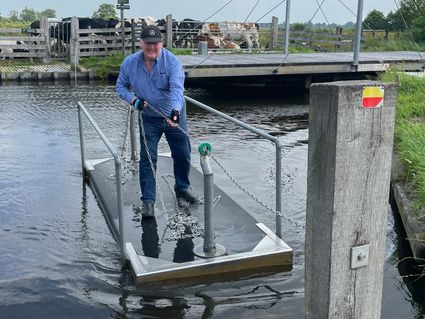
Out of use
Ryptsjerk
-
Franeker (Frjentsjer)
Franeker (Frjentsjer)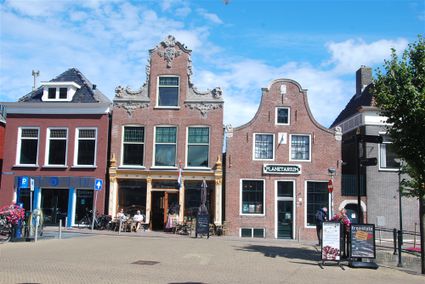 Franeker
Franeker
-
Copini Buitensport
Copini Buitensport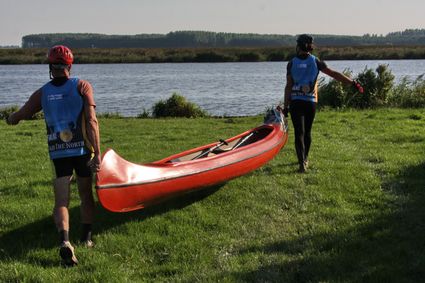 Leeuwarden
Leeuwarden
-
't Ailand Lauwersoog
't Ailand Lauwersoog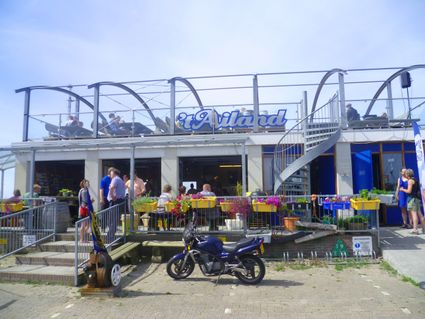 Lauwersoog
Lauwersoog
-
Nicolaaskerk Hantum
Nicolaaskerk Hantum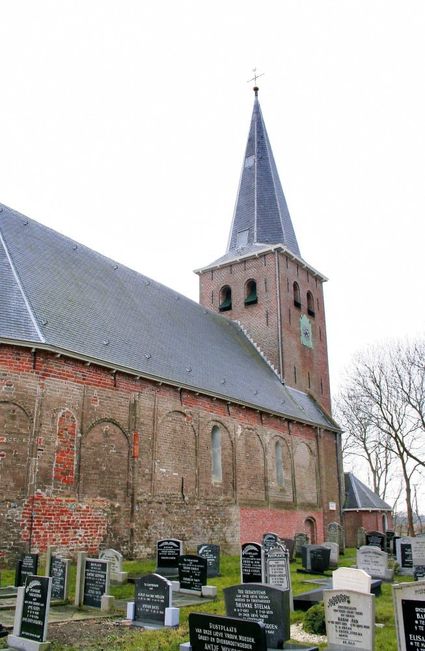 Hantum
Hantum
-
Hervormde Kerk Morra
Hervormde Kerk Morra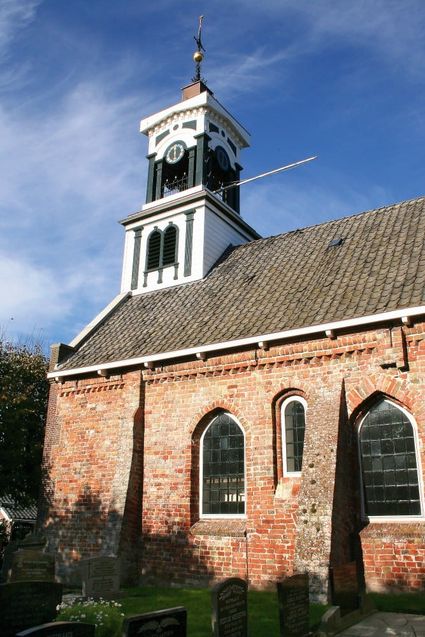 Morra
Morra
-
't Roodhert
't Roodhert Burgum
Burgum
-
Fusillade aan de Woudweg
Fusillade aan de Woudweg
De fusillade in Dokkum is de grootste fusillade geweest tijdens de Tweede Wereldoorlog in Friesland. Een bloedig dieptepunt in de steeds hardere strijd tussen de Duitse bezetter en het verzet.
Het gaat om een wraakactie: drie dagen eerder overvalt het verzet bij het dorp De Valom een auto van de Sicherheitsdienst (SD) met daarin een belangrijke gevangene, in de hoop deze te bevrijden. Bij het vuurgevecht dat ontstaat komen een Duitse SD-er en zijn Belgische chauffeur om het leven.
Artur Albrecht, SD-chef in Friesland, is furieus en wil volgens een getuige Dokkum 'van de kaart van Nederland laten verdwijnen'. Zijn meerderen van de SD-Dienststelle in Groningen geven hem hier echter geen toestemming voor. In plaats daarvan worden twintig gevangenen uit gevangenissen in Friesland en Groningen gehaald en meegenomen naar een weiland aan de Woudweg in Dokkum.
De burgemeester van de stad is zelfs van huis gehaald om toe te kijken. De mannen moeten op een rij gaan liggen in de sneeuw. In groepjes van vijf worden ze naar voren geroepen. Dan klinken er schoten. De lichamen van de slachtoffers moeten een etmaal blijven liggen in de sneeuw, als afschrikwekkend voorbeeld voor de bevolking. De slachtoffers zijn Friezen en Groningers. Sommigen zijn actief in het verzet, anderen zijn Todeskandidaten.
Aan de Woudweg in Dokkum herinnert een monument aan het drama. Jaarlijks is er bij dit monument een kranslegging waarbij leerlingen van scholen in Dokkum worden betrokken.
Verschillende leden van het vuurpeloton worden na de oorlog berecht voor hun betrokkenheid bij de fusillade en krijgen de doodstraf. Zo ook Artur Albrecht. Hij wordt op 21 maart 1952 gefusilleerd op de Waalsdorpervlakte. Het is het laatste doodvonnis dat in Nederland wordt voltrokken.
Dokkum op de Dam
Enkele jaren later, op 4 mei 1956, onthult koningin Juliana het Nationaal Monument op de Dam in Amsterdam. Het monument speelt een centrale rol bij de jaarlijkse Nationale Dodenherdenking op 4 mei die ook altijd wordt bijgewoond door het staatshoofd.
In het monument zijn elf urnen opgenomen met daarin ‘in bloed gedrenkte aarde’. Aarde afkomstig van van strijd- en fusilladeplaatsen uit de elf provincies. Later is ook een 12e urn met aarde uit Nederlands-Indië (het huidige Indonesië) toegevoegd.
Voor het vullen van de Friese urn is aarde gehaald uit de omgeving van Kornwerderzand, strijdtoneel in de meidagen van 1940. Ook is aarde gehaald van fusilladeplaatsen, waaronder de Woudweg in Dokkum en Dronrijp waar op 11 april 1945, een paar dagen voor de bevrijding nog dertien mensen zijn gefusilleerd.
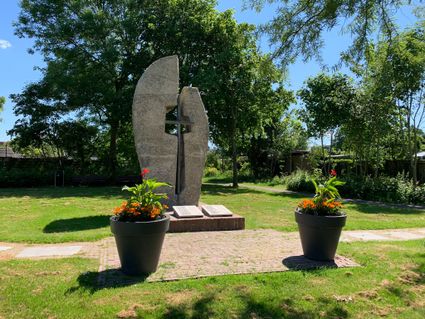 Dokkum
Dokkum
-
-
Kunstwerk Aldtsjerk | Baukje Venema
Kunstwerk Aldtsjerk | Baukje Venema
Een foto van Baukje Venema. Deze foto laat de ijsbaan van Aldtsjerk zien en is uit een reeks van kunstwerken die bij de ijsbanen van de Iisbaankeunstrûte horen.
 Aldtsjerk
Aldtsjerk
-
-
Waddensea fishtours and Workshops 't Ailand
Waddensea fishtours and Workshops 't Ailand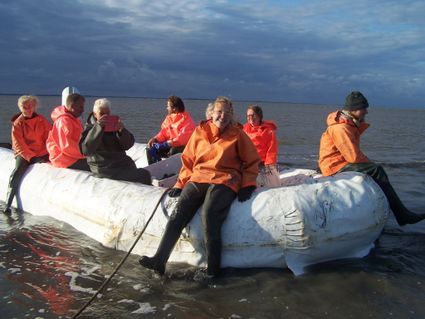 Lauwersoog
Lauwersoog
-
www.countryside.nl
www.countryside.nl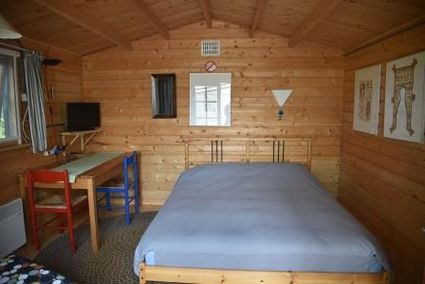 Ie
Ie
-
Kerkje van Hiaure
Kerkje van Hiaure Hiaure
Hiaure
-
Zeilschool De Veenhoop
Zeilschool De Veenhoop De Veenhoop
De Veenhoop
-
Eanjumer Kolken
Eanjumer Kolken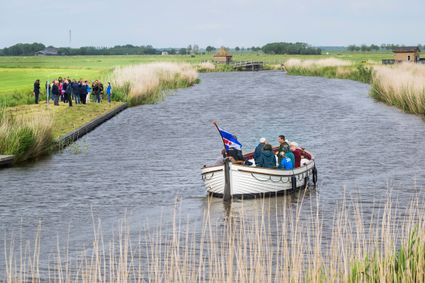 Eanjum
Eanjum
-
Molen De Mûnts
Molen De Mûnts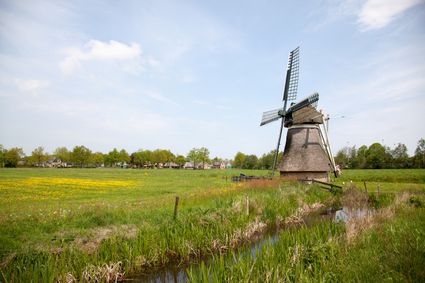 Buitenpost
Buitenpost
-
KB Food & Drinks
KB Food & Drinks Dokkum
Dokkum
-
Schapenhouderij Klaaske de Groot
Schapenhouderij Klaaske de Groot Ternaard
Ternaard
-
The liberation of Friesland
The liberation of Friesland
By 18 April, the whole province of Friesland had been liberated, except for the Wadden Islands. Compared to other provinces, there was little fighting in Friesland. Overall, the few thousand German troops who had been unable to escape from Friesland were defeated by the Canadians relatively quickly.
The commander of the Royal Canadian Dragoons, Lieutenant Colonel Landell, praised the actions of the resistance by stating that "Friesland liberated herself". While that may be a bit of an exaggeration, the actions of the Frisian resistance undoubtedly accelerated the liberation. And reduced the number of casualties on the Allied side.
At least 31 resistance fighters lost their lives in confrontations with German troops and their Dutch accomplices. At least eleven Canadians and one Frenchman were killed on the Allied side. Dozens of civilian victims were also killed in the fighting and shelling. The number of casualties on the German side is not known, but it is believed that the number ran into hundreds. With 320 destroyed and 4000 damaged homes and 80 destroyed bridges, Friesland was materially the least damaged province of the Netherlands.
Many German soldiers fled towards the western part of the country. The retreating German troops gathered mostly in Harlingen, Makkum and Lemmer. From there, they tried to get away by boat across the IJsselmeer or via the Afsluitdijk to North Holland. The Wadden Islands also became a refuge for collaborators and German soldiers. Here, liberation was longer in coming.
On the island of Terschelling, the last German troops were disarmed by a British artillery regiment on 29 May. Two days later, the British crossed from Terschelling to Vlieland, and the liberation of that island was also a fact. Ameland was liberated on 3 June.
Personnel from the infamous Scholtenhuis, the SD headquarters in Groningen, had entrenched themselves on Schiermonnikoog. After their departure on 31 May, there was a celebration on the island, in spite of the six hundred members of the occupying troops who still were there. Only on 11 June did the last German soldiers leave Schiermonnikoog, and then the whole province of Friesland was free.
Most Canadian units that had liberated Friesland continued the battle in Groningen and North Germany after 18 April. Their war ended on 8 May 1945, when the surrender of all German armed forces became effective.
 Eanjum
Eanjum
-
-
Electrabel centrale
Electrabel centrale Burgum
Burgum
-
Grytmanshoeve
Grytmanshoeve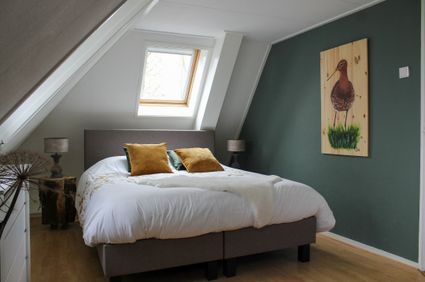 Nijewier
Nijewier
-
Gast op stal
Gast op stal Wijns
Wijns
-
De Doopsgezinde Vermaning Leeuwarden
De Doopsgezinde Vermaning Leeuwarden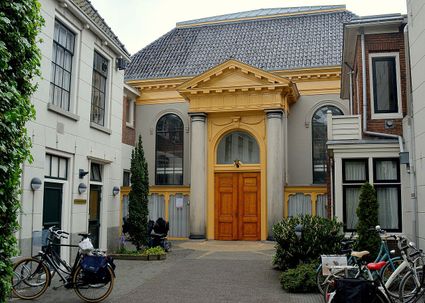 Leeuwarden
Leeuwarden
-
It Bûtefjild Nature Reserve
It Bûtefjild Nature Reserve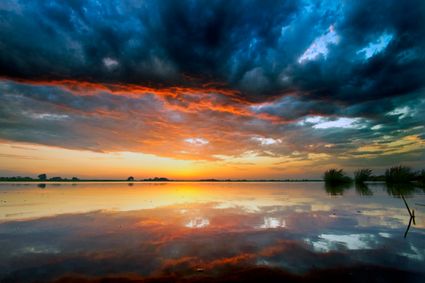 Hurdegaryp
Hurdegaryp
-
Lauwersmeer - Zomerhuisbos - Uitzichtplateau
Lauwersmeer - Zomerhuisbos - Uitzichtplateau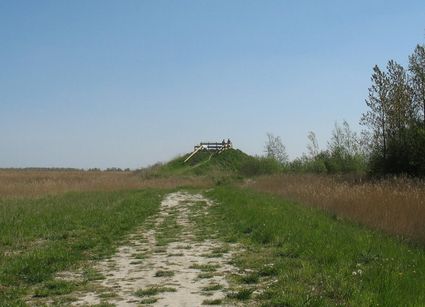 Kollumerpomp
Kollumerpomp
-
it Dreamlân groupaccommodation
it Dreamlân groupaccommodation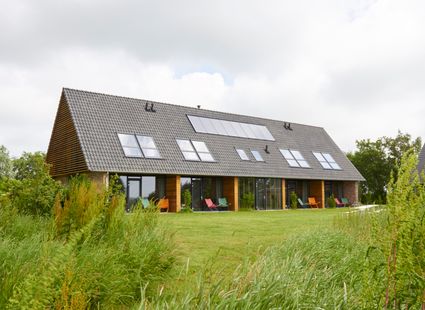 Kollumerpomp
Kollumerpomp
Direct boekbaar
-
Fries Landbouwmuseum (Frisian Agricultural Museum)
Fries Landbouwmuseum (Frisian Agricultural Museum) Leeuwarden
Leeuwarden
-
Veerpont Hin en Wer (It Wiid)
Veerpont Hin en Wer (It Wiid) Eernewoude
Eernewoude
-
Sint-Martinuskerk Kollum
Sint-Martinuskerk Kollum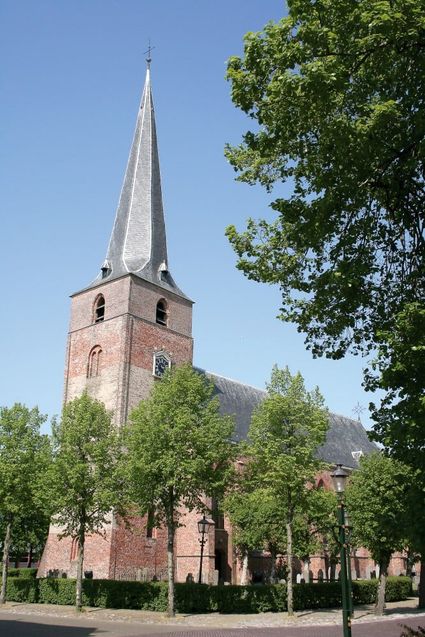 Kollum
Kollum
